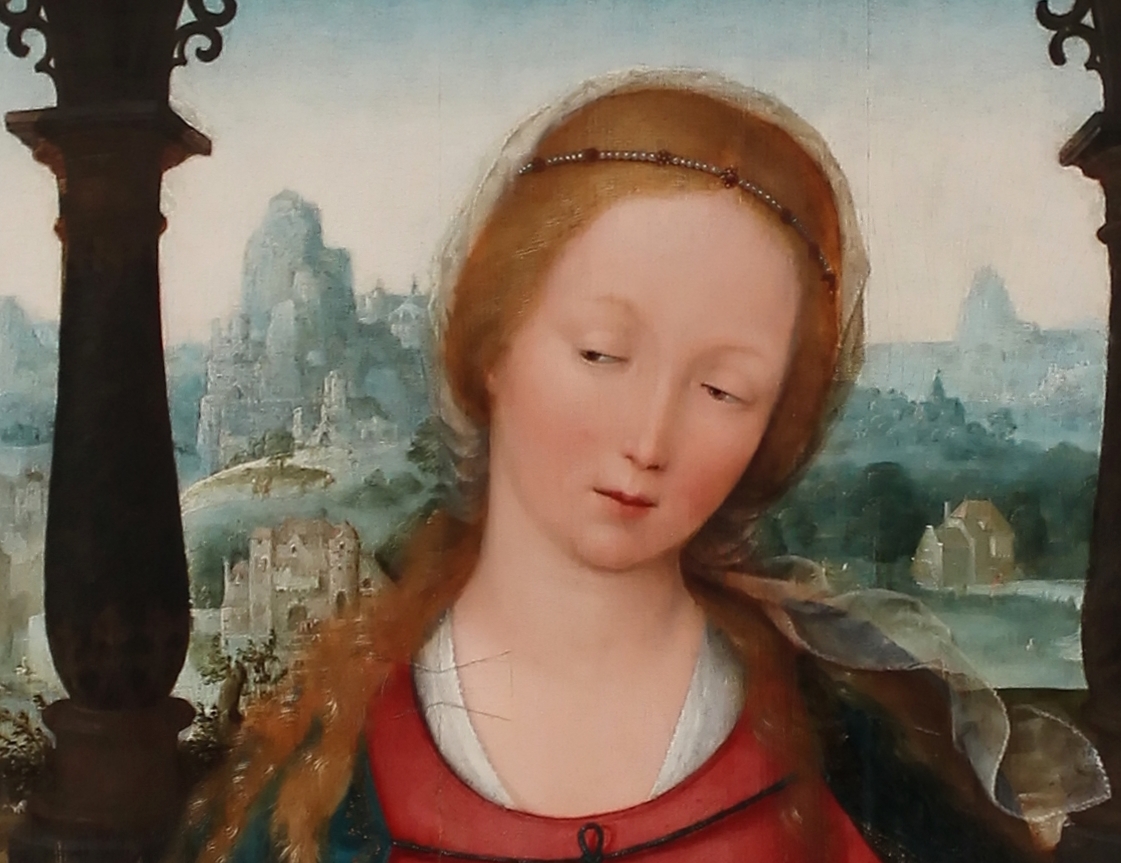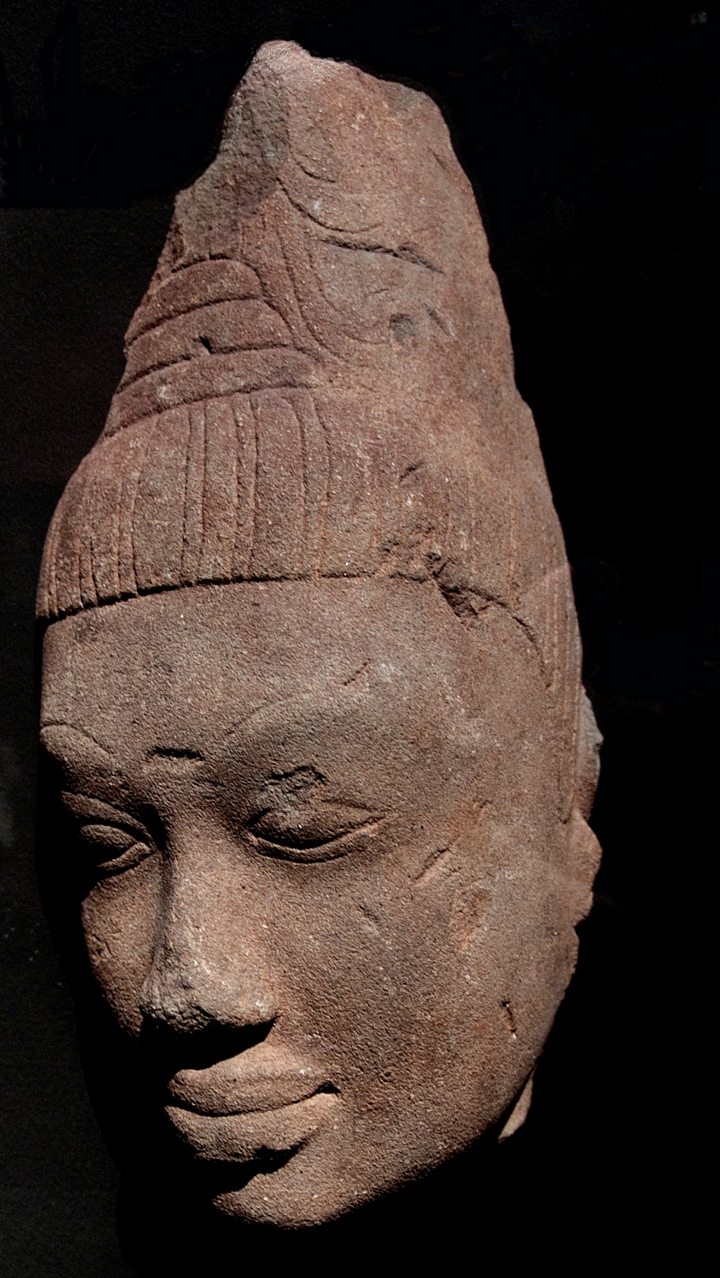Carlo Francesco Nuvolone
(Milan, 1608 or 1609 - Milan, 1661 or 1662) was an
Italian painter** of religious subjects and portraits who was active mainly in Lombardy.
He became the leading painter in Lombardy in the mid-17th century, producing works on canvas as well as frescoes.
Because his style was perceived as close to that of
Guido Reni** he was nicknamed il
Guido della Lombardia (
the Guido of Lombardy).



Carlo Francesco Nuvolone was born in Milan. His father Panfilo Nuvolone was a painter of frescoes and altarpieces, in a style still linked to late
Mannerism** and of still lifes. Carlo Francesco had a brother called Giuseppe who also became a painter.
After working with his father, Carlo Francesco studied at the Accademia Ambrosiana in Milan under Giovanni Battista Crespi (
il Cerano). In that studio he would have encountered Daniele Crespi and Giulio Cesare Procaccini.
He later worked in Milan and its environs. During the 1650s, Nuvolone painted frescoes for the Cappella di San Michele in the Certosa di Pavia and contributed to the decorations of the sacro monte (
hillside shrine) at Varese, an important local pilgrimage site. He later also painted frescos at the Sacro Monte di Orta. His brother occasionally assisted him with his fresco work.
Among his pupils were Giuseppe Zanata, Federigo Panza, Filippo Abbiati and Pietro Maggi.


Carlo Francesco Nuvolone worked as an easel painter as well as a fresco artist. His subjects were mainly religious and he realised many altarpieces and devotional works. He also left a number of portraits.
His early works showed the influence of the latest developments in Lombard painting. He had in particular adopted from Giulio Cesare Procaccini the close attention to the handling of light and shadow as well as the careful study of facial expressions. Other early influences include Daniele Crespi and Francesco Cairo.
His first signed and dated work,
the Miracle of St Martha (
1636, Venegono Inferiore, Seminario Arcivescovile) also shows the influence of Morazzone.
The Death of Lucrezia, executed in several versions, reveals the soft, atmospheric quality of his art, often explained by Murillo's work, although it is not clear where he would have seen Murillo's works.
His altarpieces from the 1640s, such as
the Assumption of the Virgin (
Pinacoteca di Brera, Milan), demonstrate his interest in
Anthony van Dyck**. An outstanding example from this period is The purification of the Virgin (
1645, Museo Civico, Piacenza).
Nuvolone was also active as a portrait painter working in the Lombard style with its penchant for a strikingly detailed portrayal of the sitter's features and garments and a lively depiction of the play of light and shadow.
These portraits also show influences from portrait painting in Genoa, which in turn was influenced by the Flemish portrait painters such as
van Dyck** who had resided there.
He painted, together with his brother, a portrait of the family Nuvolone showing him at his easel surrounded by his family, including his father and brother and a few young people playing musical instruments. |
© WikipediaCarlo Francesco Nuvolone
(Milano, 1609 - Milano, 1662) è stato un
pittore Italiano**.
Esponente, come il fratello minore Giuseppe Nuvolone (
1619-1703), della scuola lombarda del XVII secolo, Carlo Francesco frequentò l'Accademia Ambrosiana dove fu allievo del padre Panfilo Nuvolone (
1581-1651) e di Giovanni Battista Crespi detto il Cerano (
1557-1632).
La sua prima opera firmata è il Miracolo di santa Marta, oggi conservato nel seminario arcivescovile di Venegono Inferiore.
Nel 1631 dipinse La Madonna con il Bambino tra sant'Anna e san Giuseppe appare a san Vincenzo - olio su tela cm 255 x 160 del 1631 - posto nella cappella di Sant'Anna, transetto destro, della chiesa parrocchiale dei Santi Vincenzo e Anastasio a Varallo Pombia.
Nel 1645 dipinse la Purificazione della Vergine, dipinto conservato presso il Museo civico di Piacenza.
Lavorò alla Certosa di Pavia, in particolare alla cappella di San Michele, e dipinse molte tele con soggetti sacri e ritratti.
Lavorò al Sacro Monte di Varese eseguendo gli affreschi della III e della V cappella, e al Sacro Monte di Orta, dipingendo la X e XVII Cappella.
Dipinse anche alcune cappelle della collegiata di San Lorenzo a Chiavenna e alcuni suoi dipinti sono conservati presso la chiesa di Santo Stefano ad Appiano Gentile.
Alla sua produzione profana, particolarmente apprezzata dai collezionisti, appartengono le due belle tele oggi conservate presso l'Accademia Tadini di Lovere che rappresentano Susanna con i vecchioni e Giuseppe e la moglie di Putifarre. Morì a Milano nel 1662. | © Wikipedia





















































